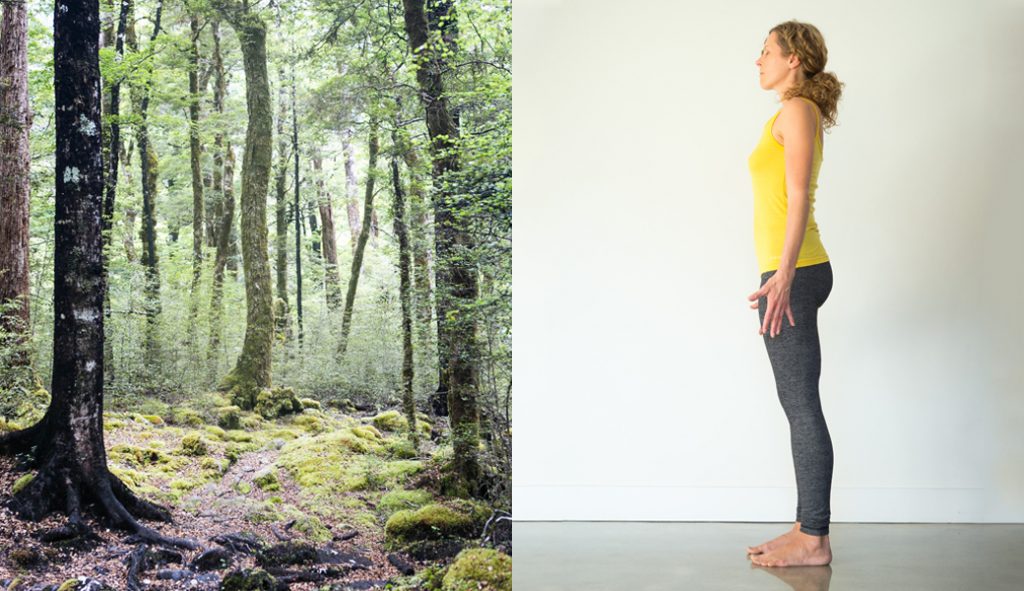 The outer and most easily accessible layer of our being is the Physical body which is why the majority of Yoga practiced in the West focusses on physical postures or ‘Asana’. The Physical body is known in Yoga as Anamaya and is the outer most layer in our Map of Being which I wrote about last week. The Pancamaya model describes our human being as five sheaths moving from gross to subtle.
The outer and most easily accessible layer of our being is the Physical body which is why the majority of Yoga practiced in the West focusses on physical postures or ‘Asana’. The Physical body is known in Yoga as Anamaya and is the outer most layer in our Map of Being which I wrote about last week. The Pancamaya model describes our human being as five sheaths moving from gross to subtle.
As there is such a focus on the physical body in western society one would assume that as a species we are very connected with our physical selves. However along with the physical focus comes our societal habit of pushing and doing. Advertising, TV, our sports culture and fitness classes tell us to push to our limits and collectively we seem to embrace the saying ‘no pain, no gain’. Our consumer and goal oriented culture pushes us into overdrive. Rather than being connected with the physical body we seem to to have lost the ability to really live in our bodies and listen to it’s needs and messages. Even the general yoga class format is presented as a convenient drop-in, physically focussed hour where one simply copies the instructor, looking at the instructors body for cue’s rather than building up a sensory feedback that can point us back to our inner references and resources.
We have 5 senses all of which can give us information about the outer world as well as our inner landscape. How often do we really turn our senses inward for a well earned break from the busy-ness of life? It seems that we no longer know how to feel and trust our senses to guide us in our actions.
A yoga practice should offer us a connection back to the whole of our physical bodies and build up a kinesthetic literacy that we can trust. As we learn to listen to ourselves above the hubbub of external references and influences we may learn to value and nourish ourselves as is our birthright.
Interestingly the Annamaya, which is referred to as the physical body is literally translated as the food body. Although Annamaya includes our muscular system, the focus of Annamaya is not a body in which we strive for the 6 pack, it is the body that we nourish. In Yoga and Ayurveda, Yoga’s sister science, exercise and movement are seen as being a vital aspect of caring for our bodies but what is most important is how we feed it. We are what we eat.
Annamaya is the nourishment that we receive from the food that we take in. If the food that we eat has low nutritional value the body will also be undernourished. Malnutrition can be seen not only in countries that are suffering from famine and don’t have enough food but also the many ‘developed’ countries where food is piling up in mountains but is mass produced and offers no real nutritional value to the consumer.
Perhaps it is this crisis in our global food situation including the obesity epidemic that is driving people in their millions to Yoga classes? We have an inherent desire to sense, feel and inhabit fully our bodies so that we can feel our connection back to the life force that runs through everyone and all things.
Especially when first beginning with a Yoga practice we must start with this most tangible layer of our being, the Annamaya. As I mentioned above, Yoga classes have joined the culture of a body fitness focus which means a lot of the time the true meaning and tradition of Yoga gets lost. However even when we are using a physical focus with a Yoga practice we can begin to embrace a kinesthetic experience beyond just the muscular skeletal system as we reconnect and move with the support of all the body systems, including the organs, the fluid systems, the endocrine and nervous system. This way we can learn to listen to our inner references. As my teacher Donna Farhi often points out, we won’t die from a tight hamstring but we may get very sick or die from an organ malfunctioning. By feeding ourselves well and inviting in the whole experience of our physical bodies, we may come back to our senses!
This audio clip is a relaxing visualization to get you to turn inward and become aware of your food body. I would recommend that you set up in a restorative pose such as the Reclined Cobbler’s pose known as Supta Baddha Konasana. Alternatively lie in Savasana or you could sit.

